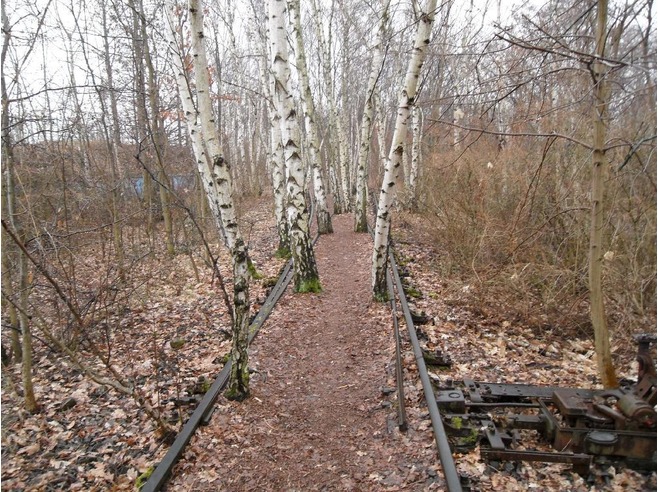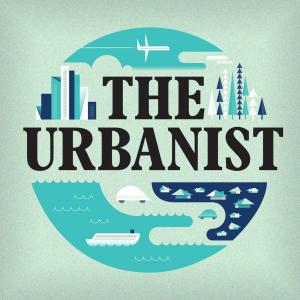 A great podcast worth checking out is The Urbanist, a weekly show hosted by Andrew Tuck and found on Monocle 24 (or via your favorite podcast download spot like I-tunes). I subscribed a bit ago, and now have finally started working through the catalog in reverse chronological order, with an eye on doing a quick post about the episode. The latest, #80 takes on Science:
A great podcast worth checking out is The Urbanist, a weekly show hosted by Andrew Tuck and found on Monocle 24 (or via your favorite podcast download spot like I-tunes). I subscribed a bit ago, and now have finally started working through the catalog in reverse chronological order, with an eye on doing a quick post about the episode. The latest, #80 takes on Science:
“we turn our noses up at planners and mayors and ask what neuroscientists, psychologists and ecologists have to say about our cities.”
The Brain on Cities:
The research into the brain – particularly the Hippocampus (which is in charge of memory) and it’s role in urban wayfinding is the topic for Dr. Hugo Spiers – University College London. Using imaging technologies, Spiers delves into the process of the brain in navigating London, particularly the “Deep structures” of memory.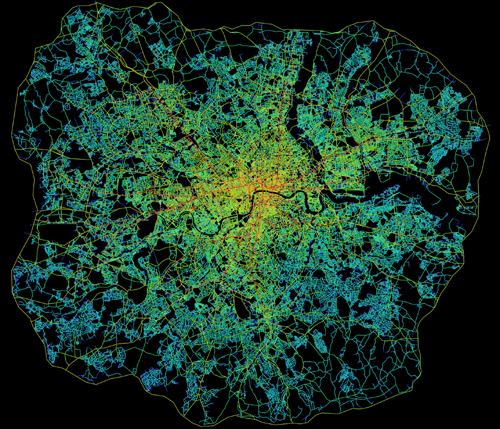
One study used taxi drivers, who study for up to four years to learn the complexity of London, and are tested on their wayfinding, and how their brains work in navigation. Using virtual reality simulations and brain imaging scanners, it was shown that the drivers typically have a larger Hippocampus, and that while vital, it is only used at the beginning of a trip to orient and direct. This understanding of the physiology and workings of our internal GPS (or the taxidrivers inherent SatNav) is intriguing, especially as more digital navigation tools replace this internal memory.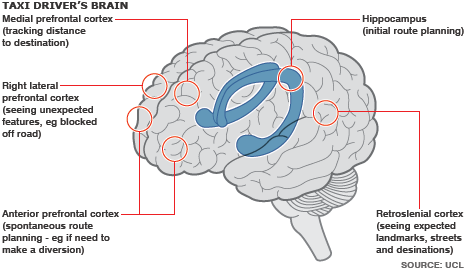
We have shifted to tools like GPS, but these lack the ability to evaluate – either in terms of amenity (i.e. the route for scenic quality) or for logic, such as people driving into rivers because they were told to by nav systems. So even with the digital assist, we still need our brains to get from point A to B. This builds on other research, including the work of Shayna Rosenbaum and others.
Additional research looked at smaller scale navigation in London’s Soho district, using movies instead of virtual reality, and looking at how some people are better than others in navigation, which may be due to different sizes of Hippocampus, but is also influence by nature (genetics) v. nurture (experience).
Materiality: Copper
An interesting twist on copper is it’s use as a antimicrobial material in cities – particularly for high risk fixtures like railings, doorknobs, and countertops. The research arm of large Chilean copper producer, Codelco is a research institute in InCuba first investigated anti-microbial properties of copper in reducing infections in hospitals. They found a 40% reduction in infection rates for surfaces people touch often – handles, rails, etc. The logical jump was to market and implement, copper materials in urban areas. While 15% more expensive than stainless steel, they see a market for copper surfaces in cities such as the Santiago Metro (below) which is visited by millions.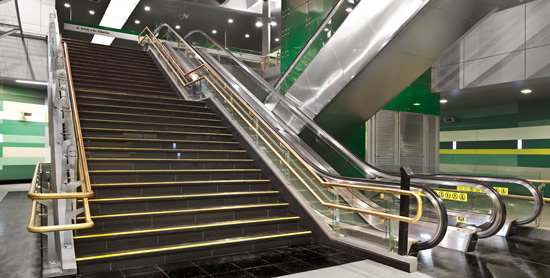
Urban Ecology
The future is urban, so the concept of urban ecology, or “the study of plants and animals in and urban environment” will become more vital to our understanding of cities. An area of Berlin, the Südgelände Nature Park, is a wilderness of trees and shrubs abandoned railline that has evolved over the past four decades.
Urban ecologist Ingo Kowarik describes this remnant of urban forest – different than natural existing forests. Isolated by Berlin wall areas of East and West Berline that were overtaken with vegetation – recovery of nature. A imperative emerged for urban ecology, the study of urban nature, where people live – and where they rely on “ecosystem services” – in cities. Difference between non-urban and urban systems.
Kowarik’s perspective was interesting, not the native purism often heard in the US but a nuanced approach that values both Natives and non-natives, a mix – as urban spaces often have limited nutrients, such as gravel and sand, where pioneer nutrient fixers can establish. As he mentions, in these novel types of urban woodlands “it is not interesting whether the species are native or not.” It is important to understand and establish a mosaic/matrix of vegetation based on different soils and climates. Tree of heaven is an example – a non-native that thrives in city, often called the ‘Ghetto Palm’ in parts of N. America, and is often the first to arrive on difficult sites.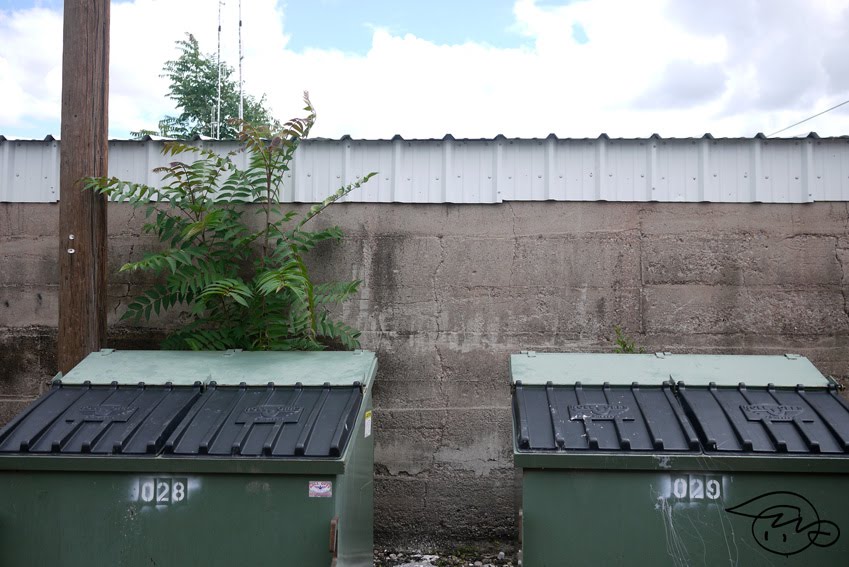
He mentions a protected Trees of Heaven in Vienna, which had a very different, positive connotation of nature’s recovery, and was celebrated, not vilified. There can be both preservation where we enhance diversity and allowing novel ecosystems, which is important because “we are living in an urban millenium” with rapid changes of land use. Cities could, for instance, become areas to give clues to understanding climate change, as Cities are already being impacted, such as urban heat island impacts which raise city temps up to 2-3 deg. Celsius. This difference will be more globally felt, so we can study urban ecology for clues as to impacts on vegetation.
What Time is this City?
There’s definitely been plenty on the cultural differences of time, and this is no different in cities. Psychologist Robert Levine of Cal State Fresno, author or “A Geography of Time: The Temporal Misadventures of a Social Psychologist” has studied how these cities and cultures keep time differently, looking for “objective indicators pace of life” such as “walking speed, talking speed, work speed, reliance on clocks/watches”. While none of these definitively describe the pace, they collectively tell stories about place, such as hotter cities being slower and bigger cities being faster. While fast-ness is considered a benefit in some places, like London and New York, other places value the slow. For instance in Mexico City, if you show up on time you risk offending people who have a more fluid understand of time. The differences give insight on our cultural differences.
Methods
Science sometimes miss the narrative of human life. The methods of different discplines is an important part of the University College London project exploring different methods of city science, Cities Methodologies. From their website:
“Cities Methodologies aims to promote cross- and inter-disciplinary work, and to showcase recent research on a wide range of cities. Visitors to Cities Methodologies encounter diverse methods of urban research in juxtaposition‚ from archival studies to statistical analyses, practice-led art and design work to oral history, writing, walking, film-making and photography.”
The Urbanist interviews Ben Campkin, Professor from from UCL and author of the upcoming “Remaking London“, mentions the value of these “works in progress” and their layout in a “progression of galleries – like a street or marketplace” where people can encounter work from different disciplines and perspectives, and develop new methods to collaborate. These are eclectic, practice-led and less formal, so they don’t have the reductive trappings of academia, but use different methods for understanding – narration, imagery, materiality – perhaps just as different ways of seeing, not to achieve specific results.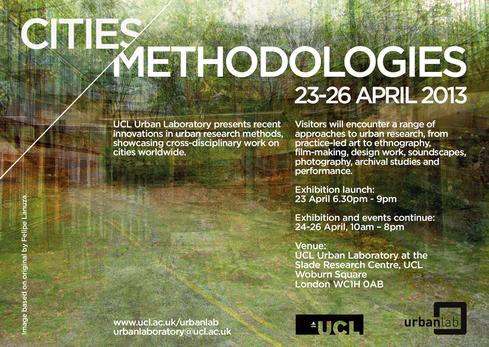
Mentioning a few of the current projects, he summarizes the main takeaway – not didactic teaching, but to engage “a “richer narrative of what is happening”.
_____________________________
As just one example – there’s a lot going on – from art to ecology; materials to psychology and beyond. I like the medium, something you can multi-task and absorb – and the expansive idea of ‘Urbanism’. Another recent episode touches a soft spot in my heart, the connection of music and cities. Stay tuned for more on these. Also, any other podcasts you like to listen to on landscape + urbanism? Love to hear from you.
